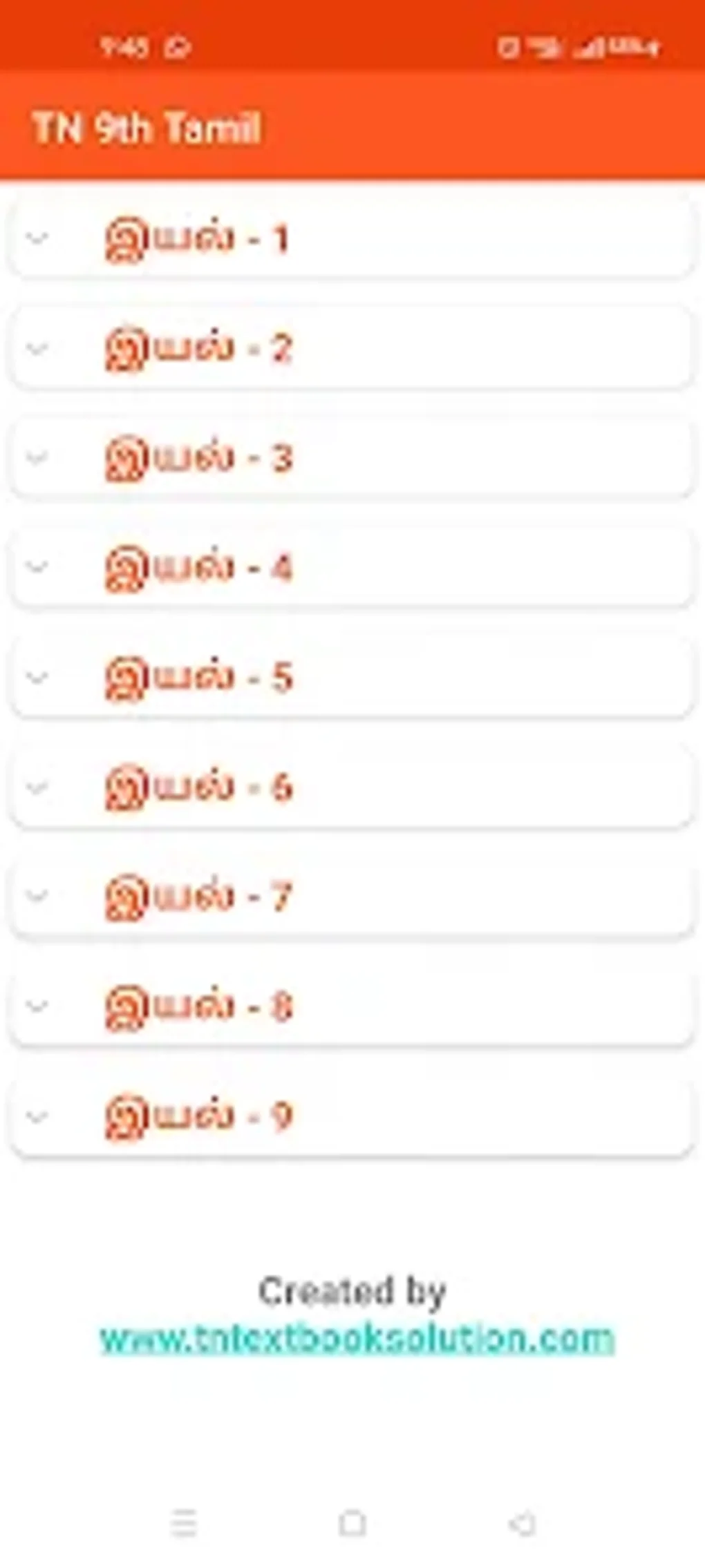Deephotlink Tamil: Exploring The Phenomenon And Its Impact
Deephotlink Tamil has become a significant topic of interest for many internet users. As technology continues to evolve, understanding how digital content is shared and accessed is crucial. This article dives deep into the world of deephotlink Tamil, offering a comprehensive look at its meaning, applications, and implications.
With the rise of digital media, the way we consume content has changed dramatically. Deephotlink Tamil represents a specific aspect of this transformation, focusing on how Tamil content is shared across platforms. Whether you're a content creator, consumer, or simply curious about the topic, this article will provide valuable insights.
In this article, we will explore the concept of deephotlink Tamil in detail, including its definition, benefits, challenges, and potential legal implications. By the end, you'll have a thorough understanding of how this phenomenon impacts the digital landscape.
Read also:Unlock Exclusive Savings With Dirtvision Promo Code Your Ultimate Guide
What is Deephotlink Tamil?
Deephotlink Tamil refers to the practice of embedding or linking directly to Tamil content hosted on another website or server. This can include images, videos, audio files, or any other type of digital media. While deephotlinking is not exclusive to Tamil content, its prevalence in the Tamil-speaking community has made it a notable topic of discussion.
Understanding deephotlink Tamil involves recognizing how it affects both content creators and consumers. On one hand, it allows for easy access to rich multimedia resources. On the other hand, it raises questions about copyright infringement and bandwidth usage.
How Does Deephotlink Tamil Work?
When a website uses deephotlink Tamil, it essentially borrows content from another site without hosting it on its own servers. This means that the original server bears the load of delivering the content to users, even though they are accessing it through a different platform.
- Direct linking bypasses the original website's homepage and goes straight to the specific file.
- Content is displayed as if it belongs to the linking site, which can lead to confusion among users.
- This practice can save time and resources for the linking site but may strain the original site's infrastructure.
History and Evolution of Deephotlink Tamil
The concept of deephotlink Tamil has evolved alongside the growth of the internet. Initially, sharing content was limited to text-based information. However, as multimedia became more prevalent, so did the practice of linking directly to files hosted elsewhere.
In the Tamil-speaking community, deephotlinking has been used to share everything from Tamil movies and songs to educational resources and cultural content. This has both empowered users and raised concerns about intellectual property rights.
Key Milestones in the Development of Deephotlink Tamil
Over the years, several key developments have shaped the landscape of deephotlink Tamil:
Read also:Aisha Sofey The Rising Star In The World Of Education And Digital Innovation
- The rise of social media platforms that allow easy sharing of links.
- Advancements in web technologies that make embedding content simpler.
- Increased awareness of copyright laws and their implications for content sharing.
Advantages of Deephotlink Tamil
Despite its controversies, deephotlink Tamil offers several advantages for both content creators and consumers. Let's explore some of the benefits:
1. Enhanced Content Accessibility
Deephotlink Tamil makes it easier for users to access Tamil content without navigating through multiple websites. This improves user experience and ensures that valuable resources are readily available.
2. Cost Efficiency
For websites that use deephotlinking, it reduces the need to host large multimedia files, saving on storage and bandwidth costs. This can be particularly beneficial for smaller platforms with limited resources.
Challenges and Risks Associated with Deephotlink Tamil
While deephotlink Tamil has its advantages, it also comes with several challenges and risks. These include:
1. Copyright Infringement
One of the most significant risks of deephotlink Tamil is the potential for copyright infringement. Content creators may not consent to their work being shared without proper attribution or licensing.
2. Bandwidth Theft
When a website deephotlinks Tamil content, it places an unnecessary burden on the original server. This can lead to increased costs for the hosting site and even affect its performance.
Legal Implications of Deephotlink Tamil
The legal landscape surrounding deephotlink Tamil is complex and varies by jurisdiction. In many cases, deephotlinking is not explicitly illegal, but it can still lead to legal disputes if it violates copyright laws or terms of service agreements.
For instance, some countries have specific regulations regarding the use of copyrighted material online. It's essential for both content creators and consumers to be aware of these laws to avoid potential legal issues.
Case Studies: Legal Battles Involving Deephotlink Tamil
Several high-profile cases have highlighted the legal implications of deephotlink Tamil. For example:
- Case A: A Tamil movie production company sued a website for deephotlinking its films without permission.
- Case B: A news organization faced legal action for embedding copyrighted images from another site.
Best Practices for Using Deephotlink Tamil
For those who wish to use deephotlink Tamil responsibly, there are several best practices to consider:
1. Obtain Permission
Always seek permission from the original content creator before deephotlinking their work. This shows respect for their intellectual property and reduces the risk of legal issues.
2. Provide Attribution
When deephotlinking Tamil content, ensure that proper credit is given to the original source. This helps maintain transparency and builds trust with your audience.
Impact of Deephotlink Tamil on Tamil Media
Deephotlink Tamil has had a profound impact on the Tamil media industry. On one hand, it has democratized access to content, allowing more people to enjoy Tamil films, music, and literature. On the other hand, it has raised concerns about the sustainability of content creation in the face of widespread sharing.
Content creators must find ways to balance the benefits of sharing with the need to protect their work. This may involve adopting new business models or leveraging technology to monitor and control how their content is used.
Trends in Tamil Media and Deephotlinking
Recent trends in Tamil media indicate a growing awareness of the implications of deephotlink Tamil. Many content creators are exploring alternative methods of sharing, such as embedding content with watermarks or using licensed platforms.
Future of Deephotlink Tamil
As technology continues to evolve, the future of deephotlink Tamil remains uncertain. Advances in digital rights management (DRM) and content protection technologies may make it more difficult to deephotlink without permission. At the same time, the demand for easy access to Tamil content is unlikely to diminish.
Content creators and consumers must work together to find solutions that respect intellectual property rights while still promoting the sharing of knowledge and culture.
Predictions for the Next Decade
Experts predict that the next decade will see significant changes in how Tamil content is shared online. These may include:
- Increased adoption of blockchain technology for content verification.
- More robust legal frameworks to address deephotlinking concerns.
- Greater emphasis on ethical content sharing practices.
Conclusion
Deephotlink Tamil is a complex phenomenon with both advantages and challenges. While it offers enhanced accessibility and cost efficiency, it also raises important questions about copyright infringement and bandwidth usage. By understanding the implications of deephotlink Tamil and adopting best practices, we can ensure a sustainable future for Tamil content creation and sharing.
We invite you to share your thoughts on this topic in the comments section below. Do you have any experiences with deephotlink Tamil? What strategies do you use to ensure responsible content sharing? Don't forget to explore our other articles for more insights into the world of digital media.
Table of Contents
- What is Deephotlink Tamil?
- How Does Deephotlink Tamil Work?
- History and Evolution of Deephotlink Tamil
- Advantages of Deephotlink Tamil
- Challenges and Risks Associated with Deephotlink Tamil
- Legal Implications of Deephotlink Tamil
- Best Practices for Using Deephotlink Tamil
- Impact of Deephotlink Tamil on Tamil Media
- Future of Deephotlink Tamil
- Conclusion
Article Recommendations


